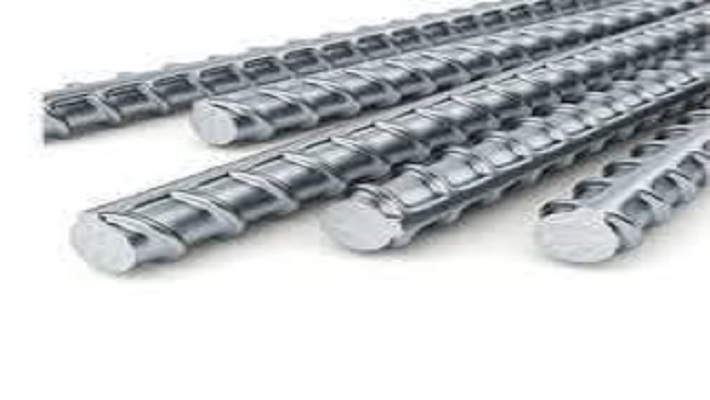
Introduction:
In the dynamic landscape of the construction industry, the prices of raw materials play a pivotal role in shaping the overall economic scenario. One such essential component is TMT (Thermo-Mechanically Treated) steel, a critical material in the construction of buildings, bridges, and infrastructure. The price trends of TMT steel have been subject to fluctuations influenced by various factors. In this article, we will delve into the factors impacting TMT steel prices and offer insights into how stakeholders can navigate this volatile market.
Understanding TMT Steel:
TMT steel is renowned for its strength, durability, and ductility, making it a preferred choice for construction projects. Its manufacturing involves a unique process of heat treatment and mechanical deformation, resulting in enhanced strength and flexibility. Given its critical role in construction, any shift in TMT steel prices can significantly impact project costs and timelines.
Factors Influencing TMT Steel Prices:
Raw Material Costs:
-
The primary raw materials for TMT steel production include iron ore, coal, and other alloying elements. Fluctuations in the prices of these raw materials directly impact the overall cost of TMT steel production. Supply chain disruptions, geopolitical tensions, and changes in demand for raw materials can contribute to price volatility.
Global Economic Conditions:
-
TMT steel prices are closely tied to the overall health of the global economy. During periods of economic growth, the demand for construction rises, leading to increased demand for TMT steel and, consequently, higher prices. Conversely, economic downturns can result in reduced construction activity, affecting TMT steel prices.
Government Policies and Regulations:
-
Government policies related to trade tariffs, environmental regulations, and infrastructure spending can have a profound impact on TMT steel prices. For instance, changes in import/export tariffs can influence the competitiveness of domestic producers, affecting supply and demand dynamics.
Technological Advances:
-
Innovations in steel production technologies can affect production costs and, subsequently, TMT steel prices. Advanced manufacturing processes that enhance efficiency and reduce environmental impact may lead to cost savings, potentially influencing price trends.
Navigating TMT Steel Price Fluctuations:
Market Intelligence:
-
Stay informed about global economic trends, raw material prices, and regulatory changes. Regularly monitoring market intelligence can help anticipate potential price fluctuations and make informed decisions.
Strategic Sourcing:
-
Diversify suppliers and establish strong relationships to mitigate the impact of supply chain disruptions. Negotiate long-term contracts with suppliers to stabilize prices and ensure a consistent supply of TMT steel.
Risk Management:
-
Implement risk management strategies such as futures contracts or hedging to protect against sudden price spikes. Collaborate with financial experts to develop a risk mitigation plan tailored to your organization's needs.
Efficiency Measures:
-
Embrace technological advancements and process optimizations to enhance production efficiency. Investing in sustainable and cost-effective manufacturing practices can contribute to maintaining competitive pricing.
Conclusion:
As the construction industry continues to evolve, stakeholders must adapt to the ever-changing landscape of TMT steel prices. By understanding the factors influencing price fluctuations and implementing strategic measures, businesses can navigate challenges, minimize risks, and foster sustainable growth in the dynamic world of construction materials.







